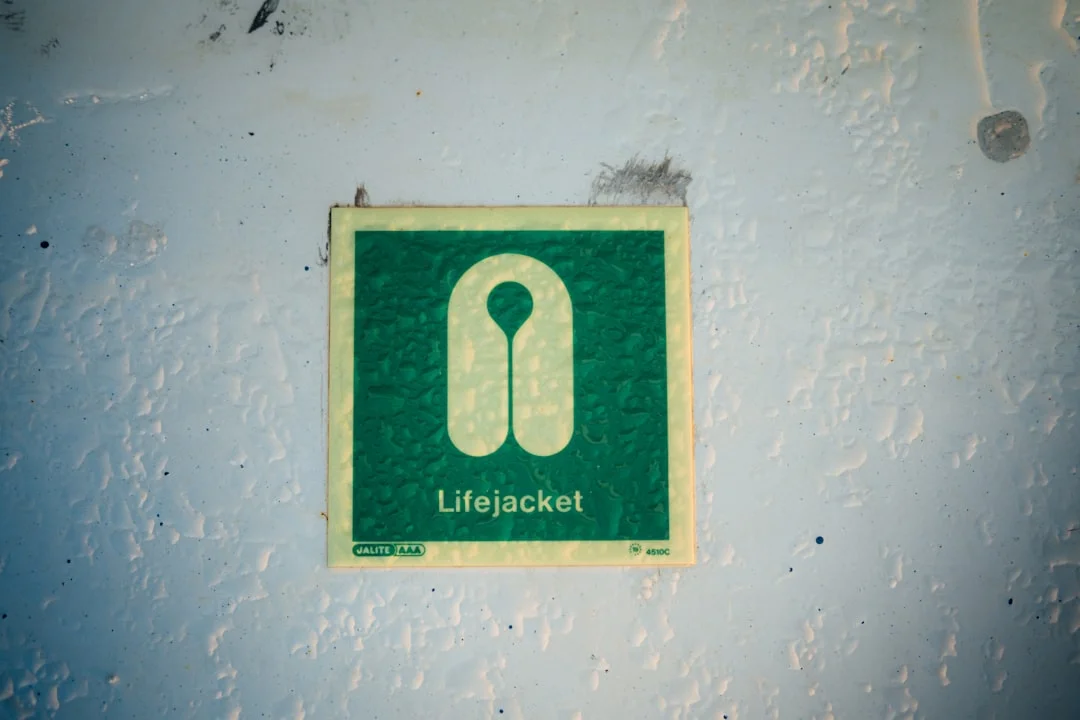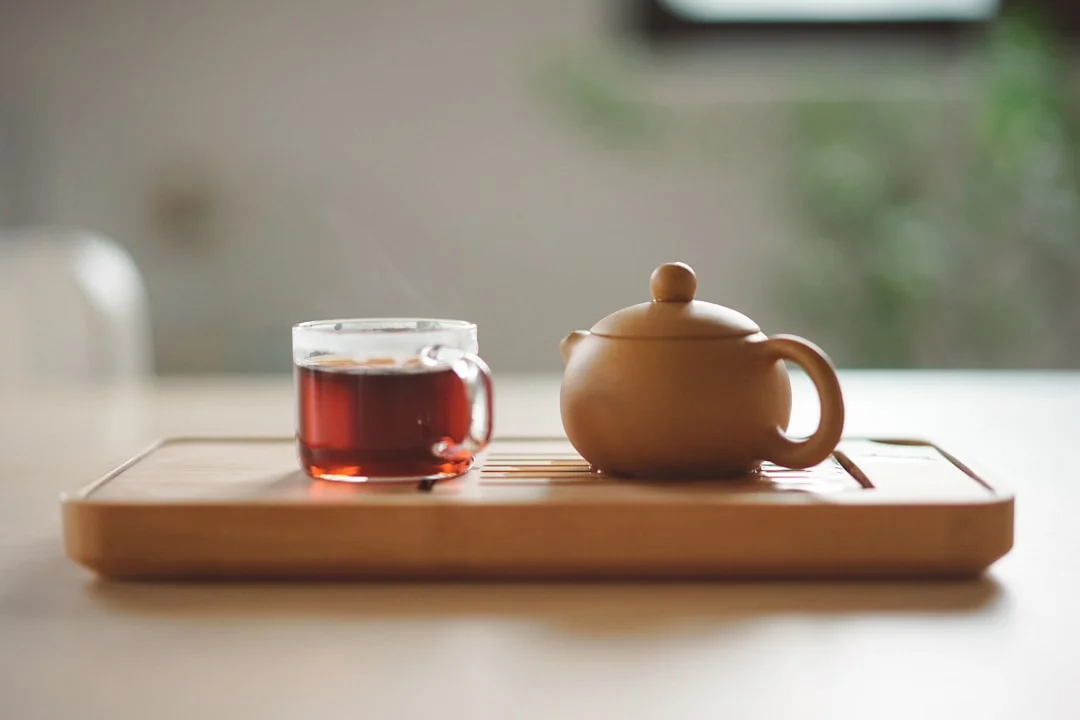Estimated Reading Time: 8 minutes
DDd you know that the average household is filled with products containing chemicals that could be potentially harmful?
From cleaning supplies to personal care items, many of the things we use daily can release volatile organic compounds (VOCs) and other substances into our homes and the environment.
This isn’t meant to scare you, but rather to inspire.
Thankfully, there’s a growing awareness and accessibility of organic alternatives to household products, offering a safer and often more effective way to maintain a clean and healthy home.
The shift towards a more natural lifestyle isn’t just a trend; it’s a movement towards health, sustainability, and mindful living.
I remember when I first started swapping out conventional products. The initial overwhelm was real!
The grocery store aisles seemed to taunt me with choices, making me wonder where to even begin.
But the journey has been incredibly rewarding, both for my family’s health and the planet.
This guide is all about simplifying the process and showing you how easy it can be to incorporate organic alternatives to household products into your daily life.
Before diving into the wonderful world of natural swaps, let’s briefly address the’why’.
Many conventional household products contain ingredients like phthalates, parabens, synthetic fragrances, and harsh chemicals.
These substances can be absorbed through the skin, inhaled, and can contribute to various health issues.
Consider this: the air inside your home can be up to five times more polluted than the air outside. That statistic alone should be a wake-up call.
Breathing in these chemicals daily can contribute to respiratory problems, skin irritations, and even hormone disruption.
Think about the simple act of cleaning your bathroom.
The fumes from conventional cleaners can linger long after you’ve finished, potentially affecting your family’s well-being.
By choosing organic alternatives to household products, you’re not just cleaning your home; you’re purifying it.
You’re creating a healthier environment where your family can thrive, free from unnecessary exposure to harmful chemicals.
Let’s look at some commonly found offenders in household products. Being aware of these will make label reading a breeze.
You’ll quickly become a master of the ingredient list!
The good news is, swapping out your old products for organic alternatives to household products doesn’t have to be an all-or-nothing process.
Start small, experiment, and find what works best for you and your family.
One of the greatest joys in adopting this lifestyle is discovering the power of simple ingredients.
You might be surprised to see how effective everyday items like vinegar, baking soda, and essential oils can be. Let’s explore some easy swaps.
Cleaning supplies are a great place to start.
Many conventional cleaners contain harsh chemicals, but thankfully, there are many organic alternatives to household products for cleaning.
Consider these simple substitutes:
Personal care products are another area where it’s easy to find organic alternatives to household products.
Since these products come into direct contact with your skin, choosing natural options is especially important.
Making these changes can benefit not only your health, but also help support ethical and sustainable brands.
Laundry detergents are a significant source of chemical exposure.
Conventional detergents often contain synthetic fragrances and dyes that can irritate the skin. The good news?
You can easily make the switch to organic alternatives to household products in your laundry routine. Here’s what you can do:
![Living in Go Green: Easy Organic Alternatives for Your Home [2025] living for go green: easy organic alternatives for your home [2025]](https://www.trendynutritionhub.com/wp-content/uploads/2025/11/temp_living_1763341845.webp)
Ready to embark on this journey?
Here are some simple yet effective tips to make your transition to organic alternatives to household products smoother and more enjoyable:
Switching to organic alternatives to household products is just one step towards a healthier, more sustainable lifestyle.
It encourages mindful consumption, environmental awareness, and a closer connection to nature.
Beyond the immediate benefits to your health, you’re also contributing to a larger movement of conscious consumerism.
This means supporting companies committed to ethical practices, sustainable sourcing, and reducing their environmental footprint.
It’s important to acknowledge that the journey might present some challenges.
Organic products can sometimes be more expensive than their conventional counterparts.
However, consider the long-term benefits – both for your health and the environment – which often outweigh the initial cost.
Plus, you can often save money by making your own products. Furthermore, not all “natural” products are created equal.
It’s crucial to do your research, read labels carefully, and choose brands you trust.
The switch to natural living is not just about changing products; it is about changing mindsets.
It’s about empowering yourself with knowledge, taking control of your health, and making choices that align with your values.
I personally find joy in discovering new recipes for homemade cleaners and sharing them with friends and family.
It brings a sense of accomplishment and a sense of connection with like-minded individuals.
Making the switch to organic alternatives to household products is a powerful step towards a healthier and more sustainable future.
It’s about protecting your health, preserving the environment, and embracing a more mindful way of living.
Don’t get overwhelmed by the changes; start small, be patient with yourself, and enjoy the journey! The rewards of a healthier home are immeasurable.
What are your favorite organic alternatives? Share your tips and experiences in the comments below! Ready to continue your health journey with us?
Join our newsletter for weekly health tips!
{
“@context”: “https://schema.org”,
“@type”: “Article”,
“headline”: “Article Title”,
“description”: “Article description”,
“image”: “Featured image URL”,
“author”: {
“@type”: “Person”,
“name”: “Author Name”
},
“publisher”: {
“@type”: “Organization”,
“name”: “Site Name”,
“logo”: {
“@type”: “ImageObject”,
“url”: “Logo URL”
}
},
“datePublished”: “Publication Date”,
“dateModified”: “Last Modified Date”
}
Frequently Asked Questions
Are organic cleaning products as effective as conventional ones?
Yes, many organic cleaning products are just as effective as conventional ones, and some are even more so! The effectiveness often depends on the specific product and the task at hand. Ingredients like white vinegar, baking soda, and essential oils are naturally powerful cleaners, disinfectants, and deodorizers.
For tough stains, you might need to experiment to find the right combination of ingredients or products. Overall, the effectiveness of organic products is not only comparable, but they avoid the potential health risks associated with conventional chemical-laden cleaners.
Where can I find organic alternatives to household products?
The good news is that organic alternatives are becoming increasingly available. You can find them in a variety of places, including your local health food stores, farmers’markets, and even mainstream grocery stores. Online retailers also offer a wide selection of organic products.
Be sure to compare prices and check ingredient lists before making a purchase. Pay attention to labels like’organic’or’natural’to ensure you’re getting genuine, safe products. It’s worth checking out smaller brands, as they often focus on natural, sustainable ingredients. Don’t hesitate to explore DIY recipes!
Can I make my own organic cleaning products at home?
Absolutely! Making your own cleaning products is a fantastic way to control the ingredients and save money. Basic ingredients like white vinegar, baking soda, castile soap, and essential oils are the workhorses of DIY cleaning.
There are numerous recipes available online for all-purpose cleaners, toilet bowl cleaners, and even dish soap. You can tailor these recipes to your specific needs and preferences. Start with simple recipes and experiment! Not only is it cost effective, but it is also a fun and rewarding way to create a healthier home.
Are organic alternatives always more expensive than conventional products?
Not necessarily. While some organic products can be pricier due to the sourcing of natural ingredients and sustainable practices, many are competitively priced, especially when bought in bulk or used in DIY recipes. Consider the long-term cost.
Investing in higher quality products means you might use less of them overall, saving money in the long run. Also, remember the hidden costs of using conventional products (like potential health issues or environmental damage). It’s always a good idea to compare prices and consider the value you are getting.
Also, consider the option of making your own products; these are typically significantly more affordable.
Are there any downsides to using organic alternatives to household products?
While the benefits of using organic alternatives are numerous, there are a few potential downsides to consider. Some products might not be as readily available as conventional ones, and you might need to do some searching to find them.
The cleaning power of some organic products may not be as strong, particularly for heavy-duty cleaning tasks. Experimentation may be required to find what works best.
Finally, there’s always a risk of greenwashing – where companies falsely market their products as’natural’or’organic.’Always read ingredient labels and do your research on the brand before purchasing a product.
How do I choose the right organic products for my home?
Choosing the right organic products involves several steps. First, identify the products you use most often and the areas where you want to make a change. Then, research the ingredients to avoid.
Read labels carefully and look for certifications such as the USDA Organic seal, which verifies that the product meets specific organic standards. Consider your personal preferences, such as scents and textures. For example, if you prefer a strong scent in your cleaning products, experiment with essential oils.
Read reviews from other consumers and see what they have to say. And finally, don’t be afraid to experiment – trying different products is the best way to find what works for you.
document.addEventListener(‘DOMContentLoaded’, function() {
// 调整社交分享按钮位置
var sharingContainer = document.querySelector(‘.sharedaddy.sd-sharing-enabled’);
var recommendedReading = document.querySelector(‘h2:contains(“Recommended Reading”)’);
if(sharingContainer && recommendedReading) {
// 移动社交分享按钮到推荐阅读上方
var parent = recommendedReading.parentNode;
parent.insertBefore(sharingContainer, recommendedReading);
}
});


![Detox Your Home [Guide]: How to Create a Healthier Living Space purification for detox your home [guide]: how to create a healthier living space](https://www.trendynutritionhub.com/wp-content/uploads/2025/11/temp_purification_1763342236-150x150.webp)

![Boost Your Energy: A Natural Morning Routine Guide [2025] habits for boost your energy: a natural morning routine guide [2025]](https://www.trendynutritionhub.com/wp-content/uploads/2025/11/temp_habits_1763342040-150x150.webp)
![Unlocking Wellness: How to Reduce Exposure to Toxins [2025] living for unlocking wellness: how to reduce exposure to toxins [2025]](https://www.trendynutritionhub.com/wp-content/uploads/2025/11/temp_living_1763341946-150x150.webp)
![Go Green: Easy Organic Alternatives for Your Home [2025] living for go green: easy organic alternatives for your home [2025]](https://www.trendynutritionhub.com/wp-content/uploads/2025/11/temp_living_1763341845-150x150.webp)

![purification for detox your home [guide]: how to create a healthier living space](https://www.trendynutritionhub.com/wp-content/uploads/2025/11/temp_purification_1763342236.webp)

![habits for boost your energy: a natural morning routine guide [2025]](https://www.trendynutritionhub.com/wp-content/uploads/2025/11/temp_habits_1763342040.webp)